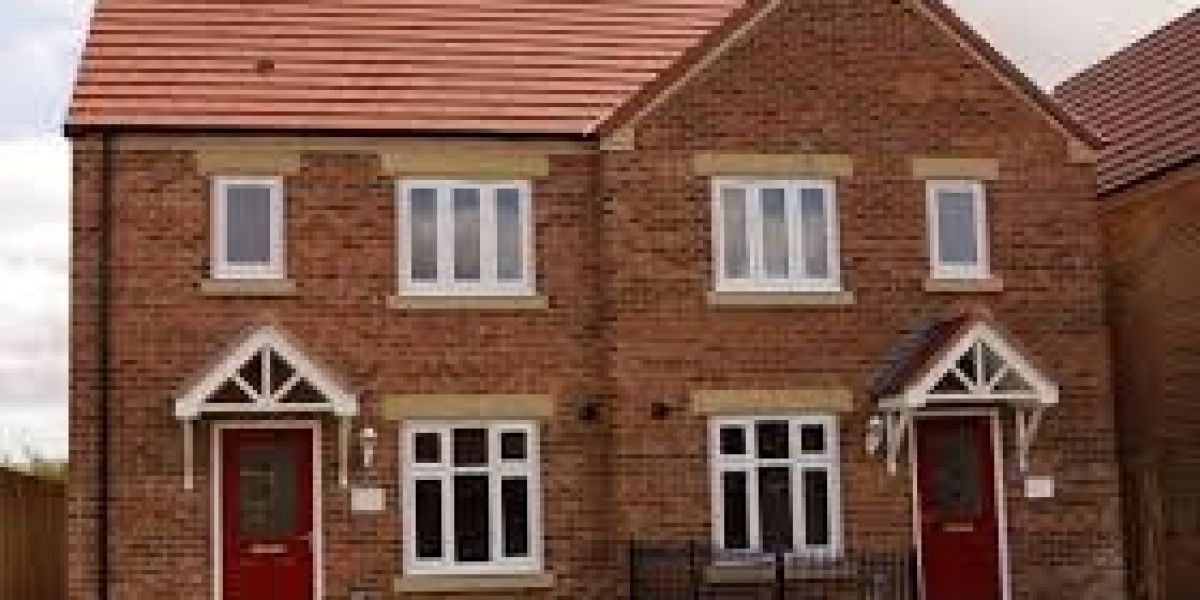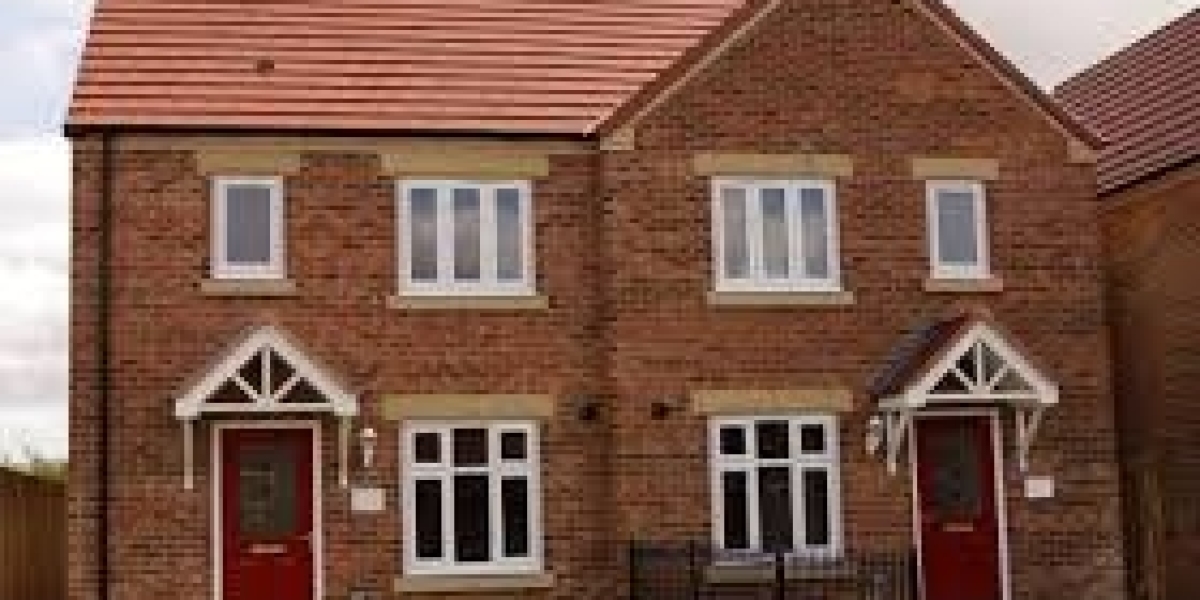Sliding doors, an architectural and design innovation, have become increasingly popular in residential and commercial spaces due to their unique blend of aesthetics, functionality, and versatility. This study report delves into the various aspects of sliding doors, including their history, types, design considerations, advantages, and applications, providing a comprehensive overview of their significance in modern architecture.
Historical Background
The concept of sliding doors dates back to ancient civilizations, where they were used in various forms. The earliest known sliding doors were made of wood and were commonly used in Japanese architecture, particularly in traditional homes known as "minka." These doors, called "fusuma," allowed for flexible room configurations and enhanced the flow of natural light and air. Over the centuries, sliding doors have evolved, incorporating modern materials and technologies, making them a staple in contemporary design.

Types of Sliding Doors
Sliding doors can be categorized into several types, each serving different purposes and aesthetic preferences.
- Traditional Sliding Doors: These doors operate on a track system, allowing one door panel to slide past another. They are typically made of wood or glass and are commonly used in both residential and commercial spaces.
- Bi-Fold Sliding Doors: Also known as folding sliding doors, these consist of multiple panels that fold in on themselves when opened. They are ideal for creating wide openings, often used in patios and balconies to enhance indoor-outdoor living.
- Pocket Doors: These sliding doors disappear into the wall cavity when opened, making them an excellent choice for spaces where traditional doors would require additional clearance. Pocket doors are often used in smaller rooms, such as bathrooms and closets.
- Stacking Sliding Doors: Similar to bi-fold doors, stacking sliding doors consist of multiple panels that stack against one another when opened. They are commonly used in large openings, providing unobstructed views and seamless transitions between indoor and outdoor spaces.
- Sliding Glass Doors: Often used in modern architecture, sliding glass doors are made entirely of glass, providing maximum natural light and panoramic views. They are frequently used in living rooms and dining areas, connecting the interior with outdoor spaces.
Design Considerations
When integrating sliding doors into a design, several factors must be considered to ensure functionality and aesthetic appeal:
- Space Requirements: Sliding doors require less space than traditional swinging doors, making them suitable for areas with limited room. However, the track system must be carefully planned to ensure smooth operation.
- Material Selection: The choice of materials significantly impacts the door's durability, insulation, and overall appearance. Common materials include wood, aluminum, vinyl, and fiberglass. Glass sliding doors often feature tempered or laminated glass for safety and energy efficiency.
- Aesthetic Integration: Sliding doors should complement the overall design theme of the space. This includes considering the color, finish, and style of the door to ensure harmony with existing décor.
- Security Features: As sliding doors are often large openings, incorporating security features such as multi-point locking systems, reinforced frames, and shatter-resistant glass is essential to enhance safety.
- Energy Efficiency: With advancements in technology, sliding doors can now be designed with energy-efficient features, such as double or triple glazing, low-emissivity (Low-E) coatings, and thermal breaks to minimize heat loss and improve insulation.
Advantages of Sliding Doors
Sliding doors offer numerous benefits that contribute to their popularity in modern design:
- Space-Saving: Unlike traditional doors that swing open, sliding doors do not require additional space for clearance, making them ideal for compact areas.
- Natural Light: Sliding glass doors maximize natural light, creating bright and airy interiors. This enhances the overall ambiance of a space and can contribute to energy savings by reducing the need for artificial lighting.
- Seamless Indoor-Outdoor Transition: Sliding doors create a fluid connection between indoor and outdoor spaces, making them perfect for patios, decks, and gardens. This feature is particularly appealing in homes designed for entertainment and relaxation.
- Versatility: Available in various styles, materials, and configurations, sliding doors can be customized to suit any architectural style and functional requirement.
- Enhanced Views: With their large glass panels, sliding doors provide unobstructed views of the surrounding landscape, allowing homeowners to enjoy the beauty of nature from the comfort of their homes.
Applications of Sliding Doors
Sliding doors are widely used in various settings, each taking advantage of their unique features:
- Residential Spaces: In homes, sliding doors are commonly used as patio doors, allowing easy access to outdoor living areas. They can also serve as room dividers, creating flexible living spaces that can be adapted to different needs.
- Commercial Spaces: In commercial settings, sliding doors are often used in retail stores, restaurants, and offices to facilitate customer flow and enhance accessibility. Automatic sliding doors are particularly popular in high-traffic areas for their convenience and ease of use.
- Hospitality Industry: Hotels and resorts frequently incorporate sliding doors in guest rooms and common areas to create a seamless connection with outdoor spaces, enhancing the overall guest experience.
- Healthcare Facilities: Sliding doors are used in hospitals and clinics for patient rooms and examination areas, allowing for easy access while maintaining privacy and safety.
- Public Buildings: Libraries, museums, and community centers utilize sliding doors to create inviting entrances and facilitate movement within the space.
Conclusion
Sliding doors represent a harmonious blend of functionality, aesthetics, and versatility, making them a valuable addition to both residential and commercial spaces. Their ability to maximize natural light, save space, and create seamless transitions between indoor and outdoor environments has solidified their place in modern architecture. As design trends continue to evolve, sliding doors will likely remain a popular choice for architects and homeowners alike, adapting to new materials and technologies while retaining their timeless appeal.






